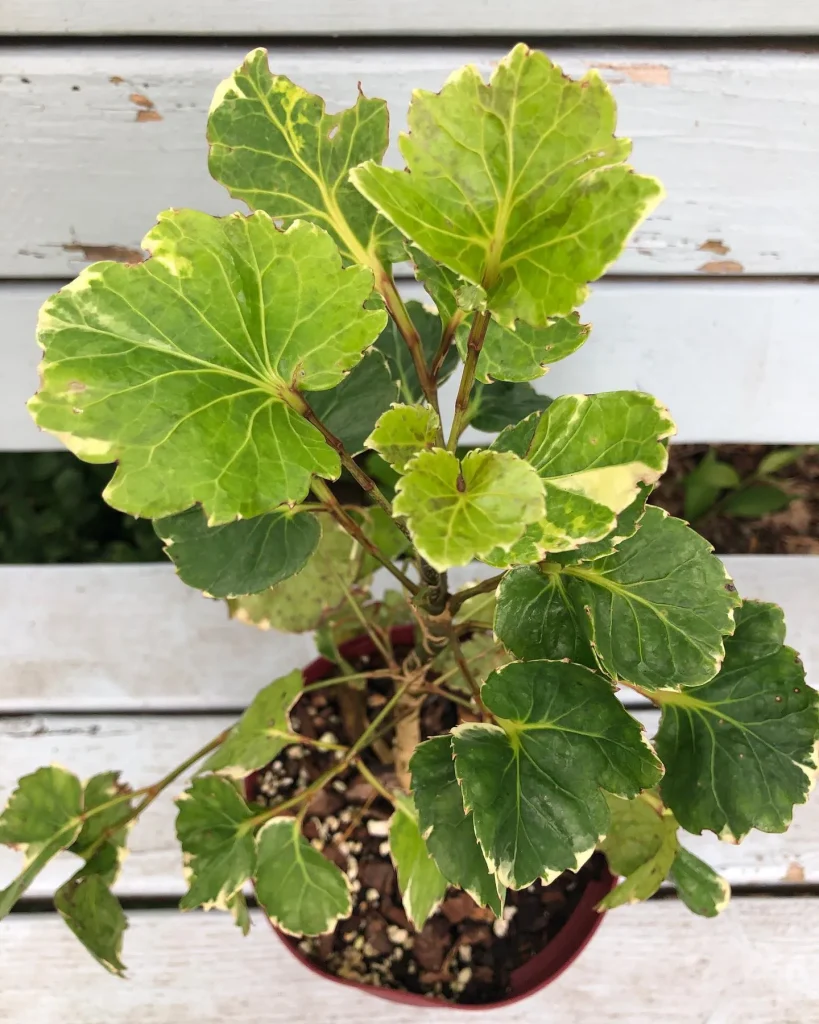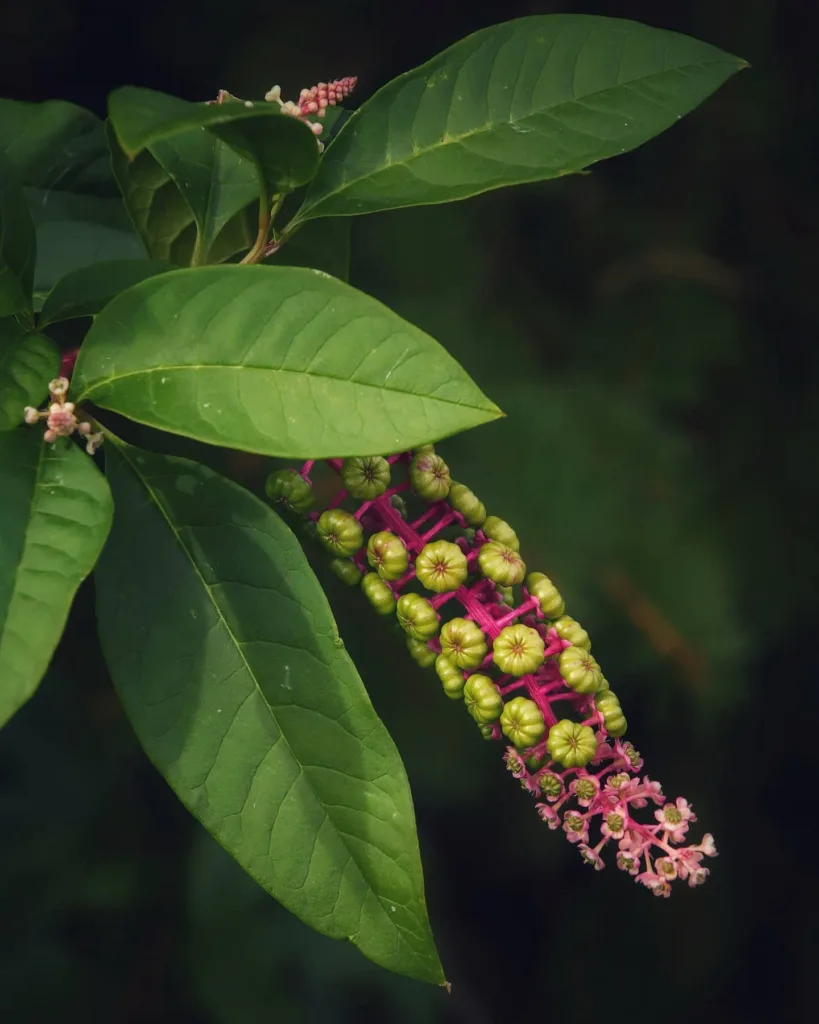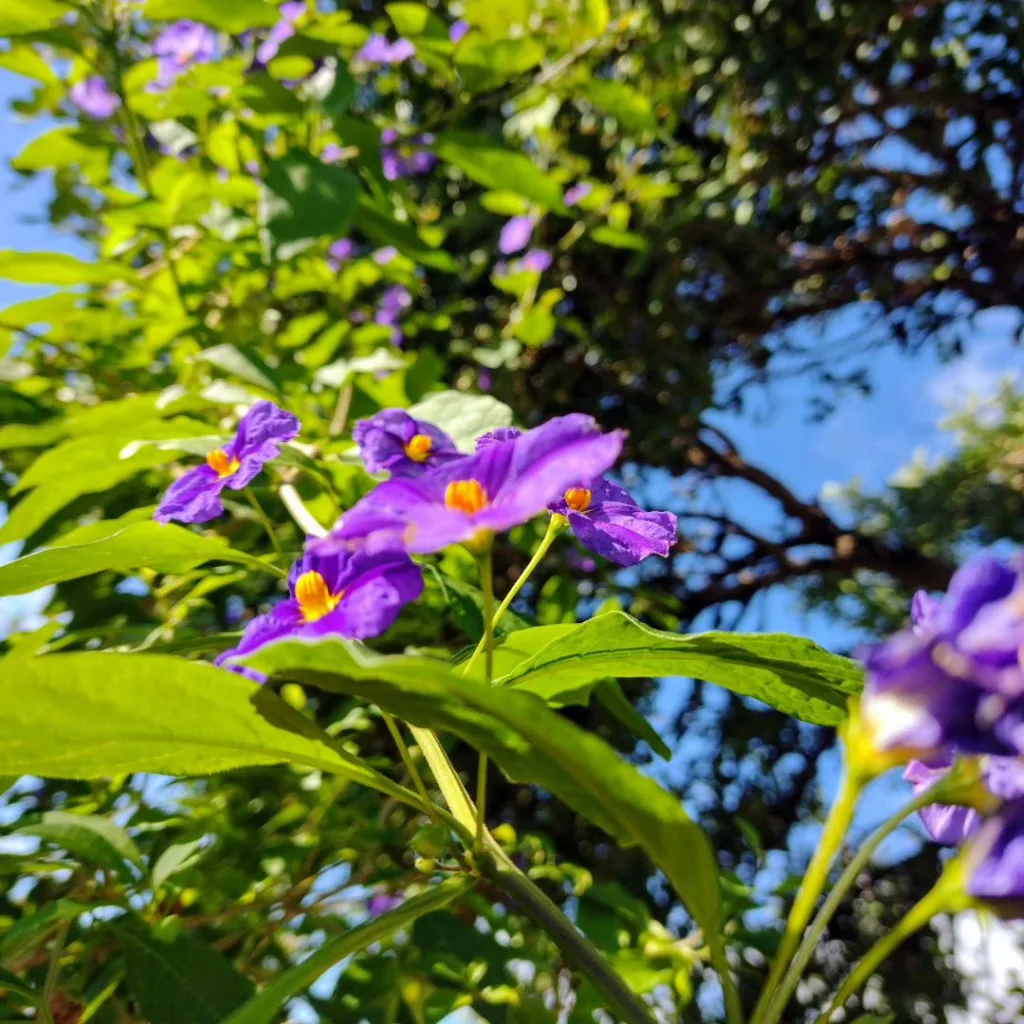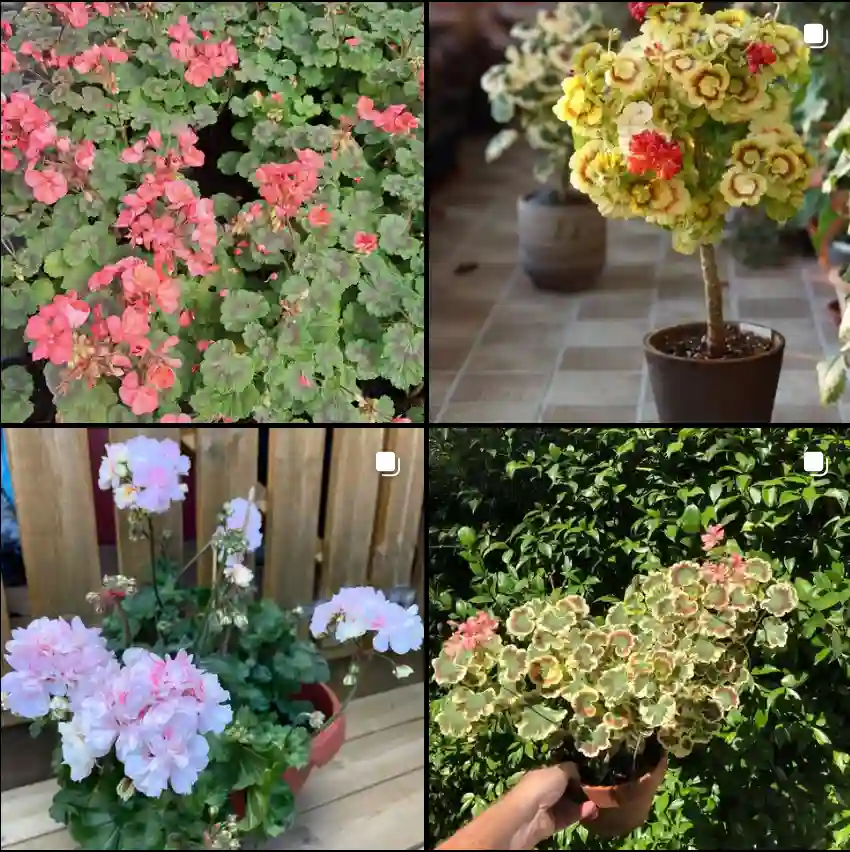The Melanthiaceae Family: A Closer Look at Its Genera
The Melanthiaceae family is a fascinating group of flowering plants that I’ve come to appreciate for their unique characteristics, habitats, and, in many cases, their historical medicinal or toxic properties. It contains a variety of genera, each with its own set of traits that make it stand out. This family is primarily found in temperate regions, often in meadows or woodlands, and many of its members are either toxic or used in traditional medicine. Here’s a closer look at some of the key genera within the Melanthiaceae family.
Amianthium
Amianthium is a small genus that includes species like Amianthium muscitoxicum, commonly known as fly poison. The name itself gives away one of its most striking characteristics — its toxicity. Historically, this plant has been used to poison flies, but it’s also known for its beautiful clusters of white flowers. While it might be appealing in a garden, handling it with care is crucial due to its toxic nature.
Anticlea
The genus Anticlea includes plants like Anticlea elegans, also known as death camas. Despite its graceful appearance, the plant is highly poisonous, particularly to livestock. This genus thrives in a variety of habitats, from meadows to open woods, and its flowers are small and star-shaped. The name “death camas” comes from its resemblance to edible camas plants, making it dangerous if misidentified.
Chamaelirium
Chamaelirium luteum, or false unicorn, is a plant that’s gained popularity for its use in herbal medicine, particularly in remedies for women’s health issues. This genus is native to North America, where it grows in moist woodlands. What stands out to me about Chamaelirium is its unique flowering structure, with male and female flowers on separate plants, giving it a distinctive appearance in the wild.
Helonias
The sole species in the Helonias genus, Helonias bullata, is also known as swamp pink. It thrives in wet habitats like bogs and swamps in eastern North America. Helonias produces stunning pink flowers, making it a standout in its natural environment. Unfortunately, due to habitat destruction, it’s listed as a threatened species, which makes its conservation even more important.
Melanthium
Plants in the Melanthium genus, such as Melanthium virginicum, are native to North America. These plants are known for their tall, elegant flowering stalks, often with multiple clusters of small, white or yellowish-green flowers. Like many others in the Melanthiaceae family, Melanthium species are toxic and should be handled with caution. Despite this, their striking flowers make them a favorite among botanists and plant enthusiasts.
Paris
Paris is a small genus of plants that are native to Asia and Europe. The most famous species is Paris quadrifolia, also known as herb Paris. It’s easily recognizable by its four leaves and single central flower. In herbal medicine, Paris has been used historically, though like many in the Melanthiaceae family, it can be toxic if consumed in large quantities.
Pseudotrillium
A relatively new genus, Pseudotrillium includes only one species: Pseudotrillium rivale, or brook wakerobin. Native to the Pacific Northwest, this plant resembles trilliums but differs in its petal structure. It prefers moist, shaded environments and has become a sought-after plant for native plant gardens. Its delicate white or pink flowers and low-growing habit make it a subtle but beautiful addition to woodland landscapes.
Schoenocaulon
Schoenocaulon is a genus primarily found in the southern United States and Mexico. Its most well-known species is Schoenocaulon officinale, commonly known as sabadilla. Historically, sabadilla has been used as an insecticide, thanks to its highly toxic seeds. Its long, slender flowering spikes make it a visually striking plant, especially when grown in open areas where its height can be appreciated.
Stenanthium
Stenanthium, commonly known as mountain deathcamas, includes plants that are highly toxic to both humans and animals. Found in the southeastern United States, these plants have tall flowering stalks with clusters of small, white flowers. Despite their toxicity, Stenanthium species are valued for their striking appearance, particularly in wildflower meadows and naturalized gardens.
Toxicoscordion
The genus Toxicoscordion is home to some of the most toxic plants in North America, including Toxicoscordion venenosum, another species known as death camas. As the name suggests, these plants are highly poisonous. They are often found in grasslands and meadows, where their star-shaped flowers can create a beautiful display. However, their similarity to edible plants makes them a danger in the wild.
Trillium
One of the most well-known genera in the Melanthiaceae family is Trillium. These spring-blooming plants are native to North America and Asia. They are characterized by their three-petaled flowers and whorls of three leaves. Trillium species, such as Trillium grandiflorum, are popular in woodland gardens due to their striking flowers and ease of cultivation. Many Trillium species are considered endangered, so cultivating them helps in conservation efforts.
Veratrum
Veratrum species are large, perennial plants known for their tall flowering spikes and toxic properties. Veratrum viride, or false hellebore, is one of the more well-known species. Native to North America, it thrives in moist, wooded areas. Despite its toxicity, Veratrum has been used historically in herbal medicine, though it requires careful preparation to avoid poisoning.
Xerophyllum
Xerophyllum tenax, commonly known as beargrass, is a versatile plant that grows in the western United States. It’s an important plant for Native American cultures, where it’s used in basketry. Beargrass also plays a significant ecological role, providing habitat for various species and acting as a pioneer plant in fire-prone areas. Its tall, grass-like leaves and white, clustered flowers make it a striking plant in the landscape.
Zigadenus
Zigadenus, or death camas, includes some of the most toxic plants in North America. Zigadenus elegans is a well-known species that’s found in meadows and open woods. Despite their beautiful star-shaped flowers, all parts of Zigadenus plants are poisonous, making them a hazard in areas where livestock graze.
In conclusion, the Melanthiaceae family offers a fascinating mix of beauty and danger. Many of its genera have historical significance due to their medicinal or toxic properties, while others are admired for their ornamental value. Whether you’re exploring wildflower meadows or cultivating a native garden, plants from the Melanthiaceae family are sure to leave a lasting impression.
If i die, water my plants!



